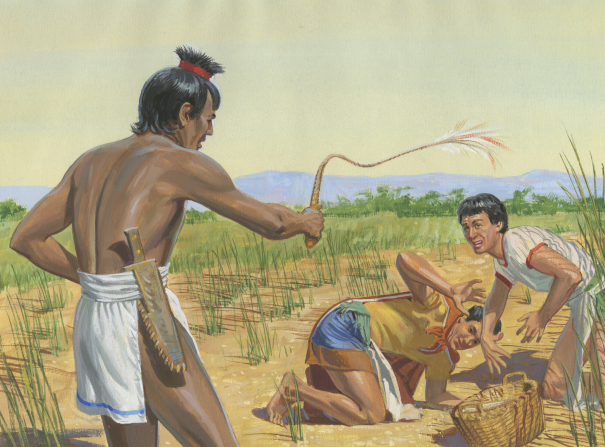I love the doctrines of the gospel, and I love Geography. How awesome it is when they both come together!!
- Brother Satterfield began our discussion by advising us to always begin our studies with prayer, and on the knees if possible. I felt something special when he said this.
- When translating, before tackling individual words, take a look at the grammatical whole of the verse. This is taking a 'macro' before 'micro' approach.
- GEOGRAPHIC DIRECTIONS - Ancient people didn't have the concept of magnetic north, which is a relatively new way of thinking about geography. Ancient people oriented themselves using "East" in the way we think of "North" today.

- In Hebrew, compass directions have meaning rather than a geographic direction and are shown as follows: East = "Front" / West = "Behind" / South = "Right hand" / North = "Left hand".
- Old Testament had negative views of things "East". Babylon was East. The desert was East. Adam and Eve were driven out "Eastward". In new times East is positive. Some face east when praying. Temples often face east. Christ will come from the east.
- Temple structure is spiritually symbolic. In the Israelite Tabernacle, the Holy of Holies (Kodesh - Kodesheem) was on the west side of the temple. The outer court (the world) was to the east (remember, east was negative). Therefore, God was to the west. Migrating through the temple happened in a westward fashion toward God. Temple worship takes us to God.
- The Atonement occurred with directional significance: In ancient times there was only one sacrifice that did not occur in the temple, because it was so dirty, so messy, it wasn't fit for temple worship (read about the red heifer sacrifice here). In this sacrifice the entire animal was burned, intrals, feces, and all. This sacrifice was performed east of the temple (remember east is bad, dirty, etc). Gethsemane, where the Savior suffered for the dirty, filthy, iniquities of the world was east of the temple. Christ progressed westward to Golgotha where he sealed the atonement and was reunited with God.
- Last Days. Christ will come from the east to the west. The sun rises in the east and sets in the west as a daily reminder of the coming of the son of God the second time.



